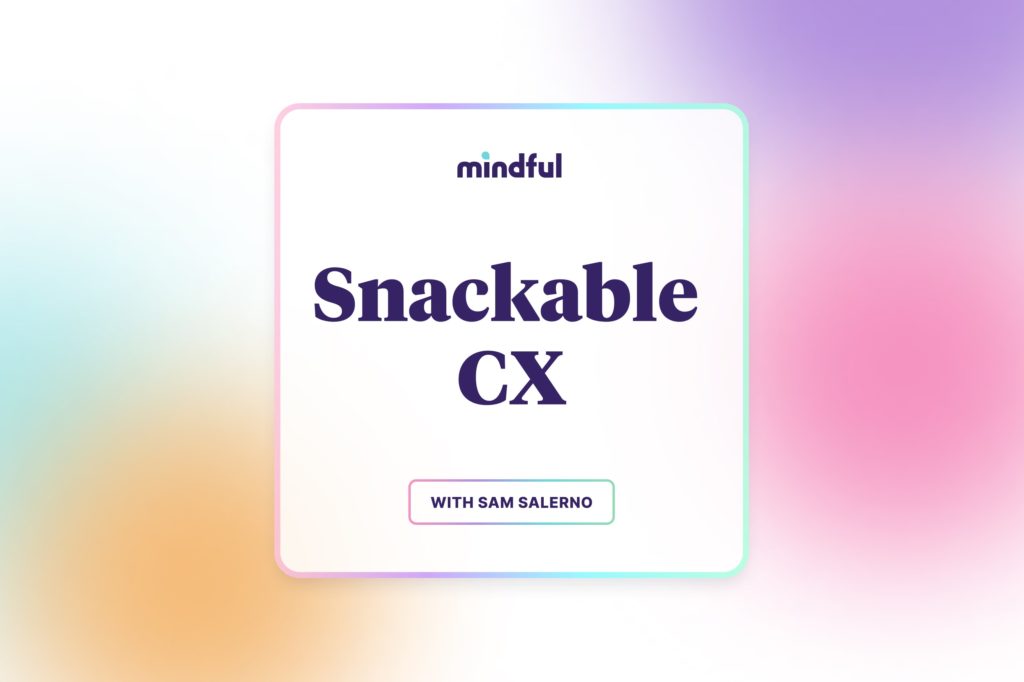Episode details
Giving customers the option to skip hold times and receive a callback is table stakes for today’s brands. Without it, you’ll frustrate your customers and fall behind your competitors. Two major red flags.
But just having a callback solution in your tech stack won’t necessarily solve anything. The real game changer is how you actually use callback and present it to your customers.
So I spoke with some of our callback experts to figure out the secret sauce behind the perfect callback recipe. And that’s what I’m serving up in this Snack.
This episode was adapted from Chapter 3 of the guide, “The Ultimate Guide to Customer Callback.”
Still hungry?
Subscribe on Apple Podcasts or Spotify to get fresh episodes each week.




